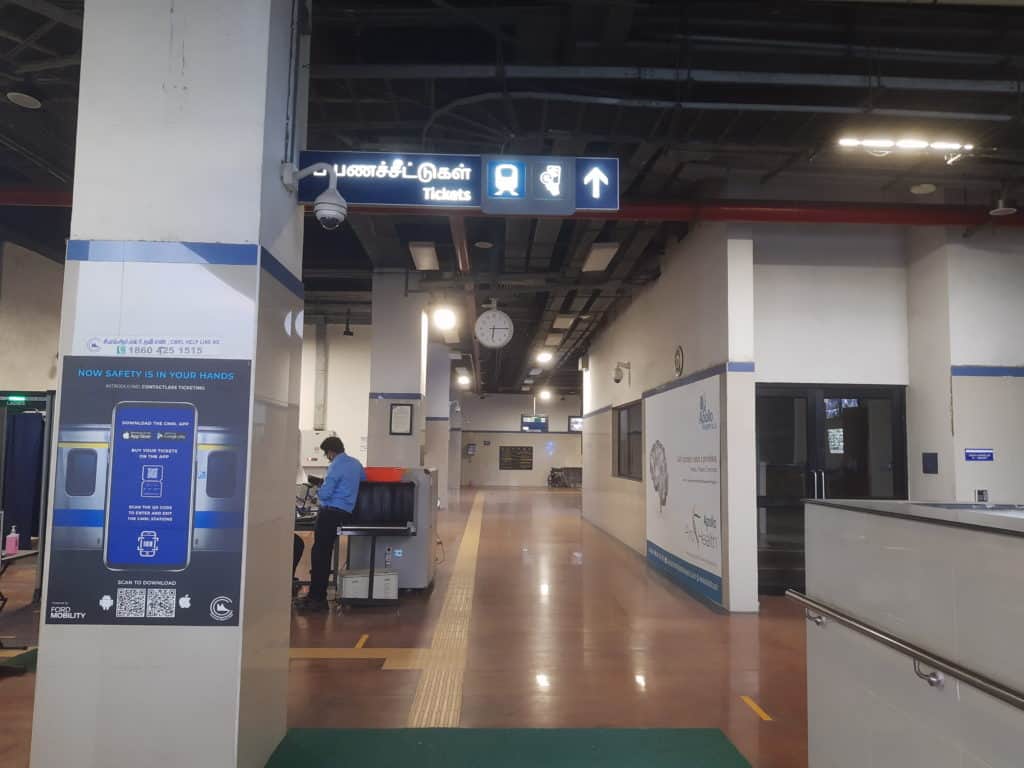The last days of 2021 saw the city’s famed Marina Beach become accessible for all for a short period of time with a temporary pathway. Promises have been made to make such public spaces more inclusive in 2022. Here is a look at how the past year has been for the disability rights movement and what we would like to see for the city going forward.
The effect of the pandemic
The pandemic really brought to fore some of the things that disabled people have been requesting as reasonable accommodations, such as work from home and teleconferencing. If a person with a compromised immune system needs to work from home, companies must be geared towards this.
Provisions during the lockdown such as the government setting up a system where it identified the people who had to access dialysis, chemotherapy and blood transfusions have been a welcome change. Specialized ambulances picked up people and took them to the hospitals. We’d really like to see that continue after the pandemic as a registry for priority interventions during crises.
Other positive strides have been priority and doorstep vaccination for people with disability who are more susceptible to COVID-19. It was a good beginning, in that at least you had the government take note of the need and make provisions for it. The more important thing, however, is going to be to ensure that some of these very enabling provisions, which disabled people require, continue even after the pandemic gets over.
Read more: When can persons with disability look forward to regular beach outings?
Why 2022 is important for the disability rights movement
Next year is very crucial for the disability rights movement in the country as 2022 is supposed to be the year in which India must become fully accessible towards people with disabilities. In the context of accessibility for persons with disabilities, the deadline for making existing infrastructure accessible runs out on June 15, 2022. This of course assumes that all new infrastructure post the 2016 Disability act was built compliant.
Services, be it bank services or websites were supposed to have been accessible after 15 June 2019.
We’ve had five years to prepare for this, yet services and infrastructure remain as inaccessible as ever. This is in contrast to other deadlines where compliance is involved, BS VI emission norms for example. We must make some noise about making accessible pavements, low floor buses, and other infrastructure and provisions that have been demanded for over two decades.
An example Chennai can learn from in this regard is the directive that made all Delhi buses accessible by the stipulation that they must all be low floor buses. Other than this, the examples we can learn from are scarce. Metro rail services across cities have been inaccessible. There needs to be nationwide Metro accessibility standards. So, whether it is the Metro car or whether it is a station, they should be uniformly accessible. The same applies to all railway infrastructure, which is currently very unsuitable for people with disabilities.
The need of the hour is getting these standards and stipulations in place at the conception and planning stages. This will help avoid expensive retrofits and additions to existing infrastructure that do not serve the purpose. For this to happen, widespread public consultations are necessary. Cities should hire an accessibility consultant who has the power to withhold a completion certificate if the project is not inclusive. The only solution is to have an accessibility sign off on all projects as part of compliance.
It must also be ensured that accessibility is still being maintained and sustained after the project is complete or the service has been flagged off. At present we are always reacting to situations.
The procurement template for public projects must be standardised. In Chennai, from 2016, all the buses were supposed to have been accessible. But more than 4000 buses which were bought in that period are not accessible. The disability movement can play an active role in the city once an accessibility consultant is involved and works with them. That should be our role instead of having to intervene at the closing stages.
Read more: Why persons with disability are unhappy with Chennai Metro
Role of civil society
There have been very few occasions in which people have reached out to the disability sector to get inputs on the intersectional nature of the problems faced in education, employment or other areas of their work. The situation is not too different with civil society.
For example, two elections ago we ran a ‘What about US’ campaign on Universal Suffrage and we wanted to cater to all the groups who are traditionally disenfranchised; not disabled people alone but houseless, homeless destitutes, imprisoned detainees, institutionalised migrants etc. who are discriminated against by not being targeted for electoral roll inclusion.
We don’t see a corresponding effort from mainstream groups to include diversity and inclusion as part of the agenda.
This is an area where we all need to improve. For example, at Disability Rights Alliance, we are not fully representative as we don’t yet have a colleague with learning disability or autism. So in that sense, we are speaking for other people. That’s something that we’re conscious of, and always looking to rectify.
What needs to change
Visibility and disability happens to coincide only on polling day. We are not aware that there are so many disabled people until polling day, when you notice people whom you’ve never seen before. Those you will never see again until the next election. So much of this has to do with restriction by design. Fixing this requires some amount of attention to detail.
Having accessible pavements, buses, workplaces and public spaces makes a world of difference. People with disabilities spend thousands on commuting simply because the infrastructure is not inclusive. Development of cities with an eye on inclusion should be the path ahead.
